An element 'X' is non-malleable and non-ductile. X is extensively used to protect another element Y from corrosion.Identify X and Y and name the process that is mentioned above. Also compare the reactivity of X and Y.
Step-by-Step Solution:
1. Identify Element X:
- The problem states that element X is non-malleable and non-ductile.
- Based on common knowledge, zinc (Zn) fits this description as it is known to be brittle and does not easily form sheets or wires.
2. Identify Element Y:
- Element Y is the one being protected from corrosion.
- In this context, iron (Fe) is commonly known to corrode when exposed to moisture and air, making it a suitable candidate for Y.
3. Name the Process:
- The process used to protect iron (Y) with zinc (X) is known as galvanization.
- This involves coating iron with a layer of zinc to prevent it from reacting with air and moisture.
4. Compare the Reactivity of X and Y:
- Reactivity can be compared based on the reactivity series of metals.
- Zinc is more reactive than iron. This means that zinc will corrode (react with oxygen) before iron does, thus protecting the iron from corrosion.
Final Answer:
- Element X: Zinc (Zn)
- Element Y: Iron (Fe)
- Process: Galvanization
- Reactivity Comparison: Zinc is more reactive than iron.
- The problem states that element X is non-malleable and non-ductile.
- Based on common knowledge, zinc (Zn) fits this description as it is known to be brittle and does not easily form sheets or wires.
- Element Y is the one being protected from corrosion.
- In this context, iron (Fe) is commonly known to corrode when exposed to moisture and air, making it a suitable candidate for Y.
- The process used to protect iron (Y) with zinc (X) is known as galvanization.
- This involves coating iron with a layer of zinc to prevent it from reacting with air and moisture.
- Reactivity can be compared based on the reactivity series of metals.
- Zinc is more reactive than iron. This means that zinc will corrode (react with oxygen) before iron does, thus protecting the iron from corrosion.
- Element X: Zinc (Zn)
- Element Y: Iron (Fe)
- Process: Galvanization
- Reactivity Comparison: Zinc is more reactive than iron.
Topper's Solved these Questions
- CHEMISTRY IN DAILY LIFEBOOK - PEARSON IIT JEE FOUNDATIONCHAPTER - CHEMISTRY IN DAILY LIFEEXERCISE - Level - 3
5 Videos
- CHEMISTRY IN DAILY LIFEBOOK - PEARSON IIT JEE FOUNDATIONCHAPTER - CHEMISTRY IN DAILY LIFEEXERCISE - Assessment Test 1
15 Videos
- CHEMISTRY IN DAILY LIFEBOOK - PEARSON IIT JEE FOUNDATIONCHAPTER - CHEMISTRY IN DAILY LIFEEXERCISE - Level - 2 (Multiple choice questions)
12 Videos
- ATOMIC STRUCTURE AND TRANSFORMATION OF MATTERBOOK - PEARSON IIT JEE FOUNDATIONCHAPTER - ATOMIC STRUCTURE AND TRANSFORMATION OF MATTEREXERCISE - Assessment Test 2
15 Videos
- CLASSIFICATION OF MATTERBOOK - PEARSON IIT JEE FOUNDATIONCHAPTER - CLASSIFICATION OF MATTEREXERCISE - ASSESSMENT TEST (TEST-2)
9 Videos
Similar Questions
An element 'X' is non-malleable and non-ductile. X is extensively used to protect another element Y from corrosion.Identify X and Y and name the process that is mentioned above. Also compare the reactivity of X and Y.
View SolutionA mixture of two components X and Y. X is an element and Y is a compound of two non metals. Identify X and Y.
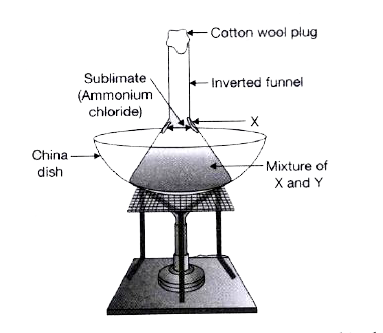
View Solution
Knowledge Check

Identify 'X' and 'Y'of the above reaction :A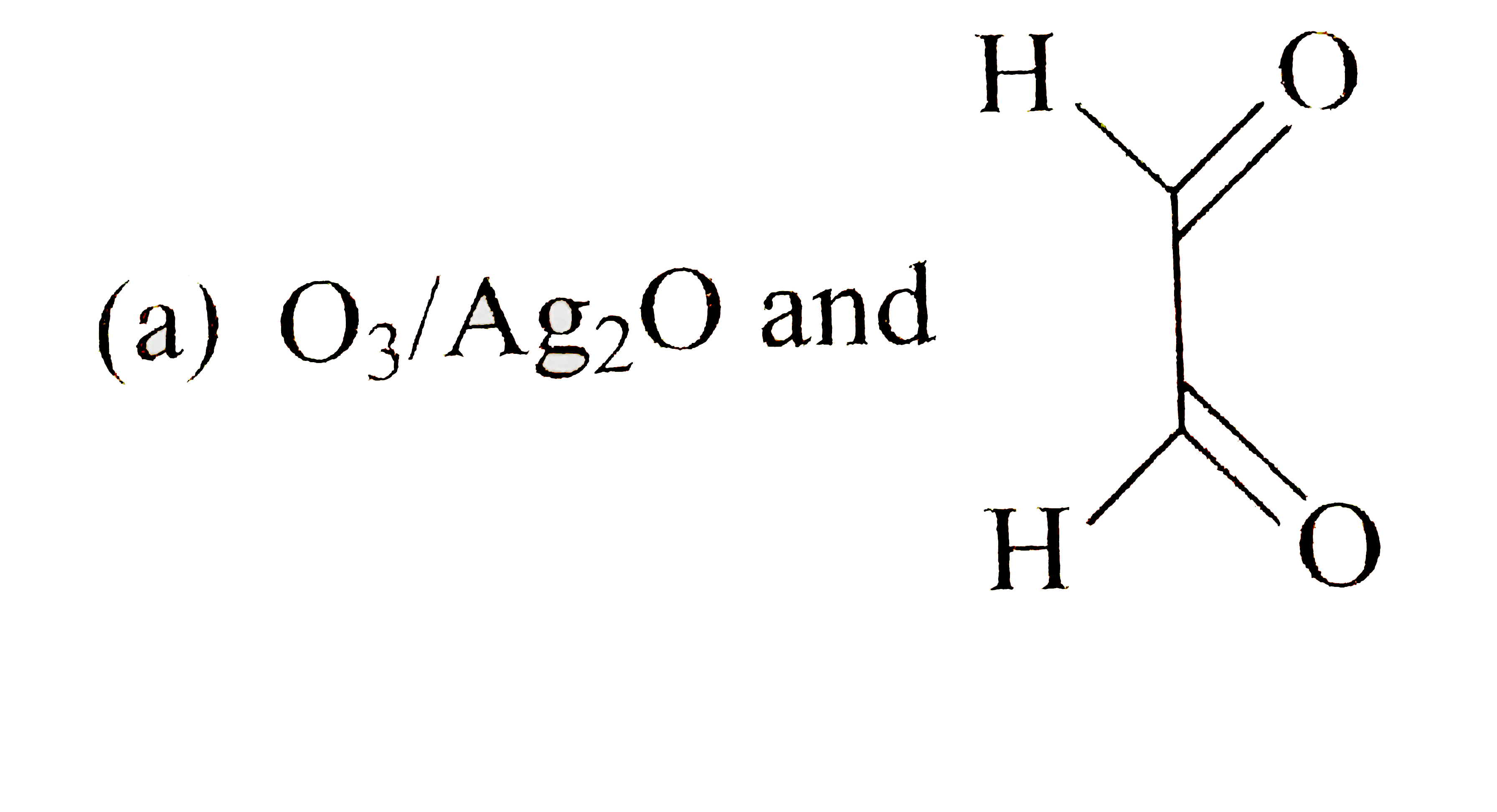 B
B C
C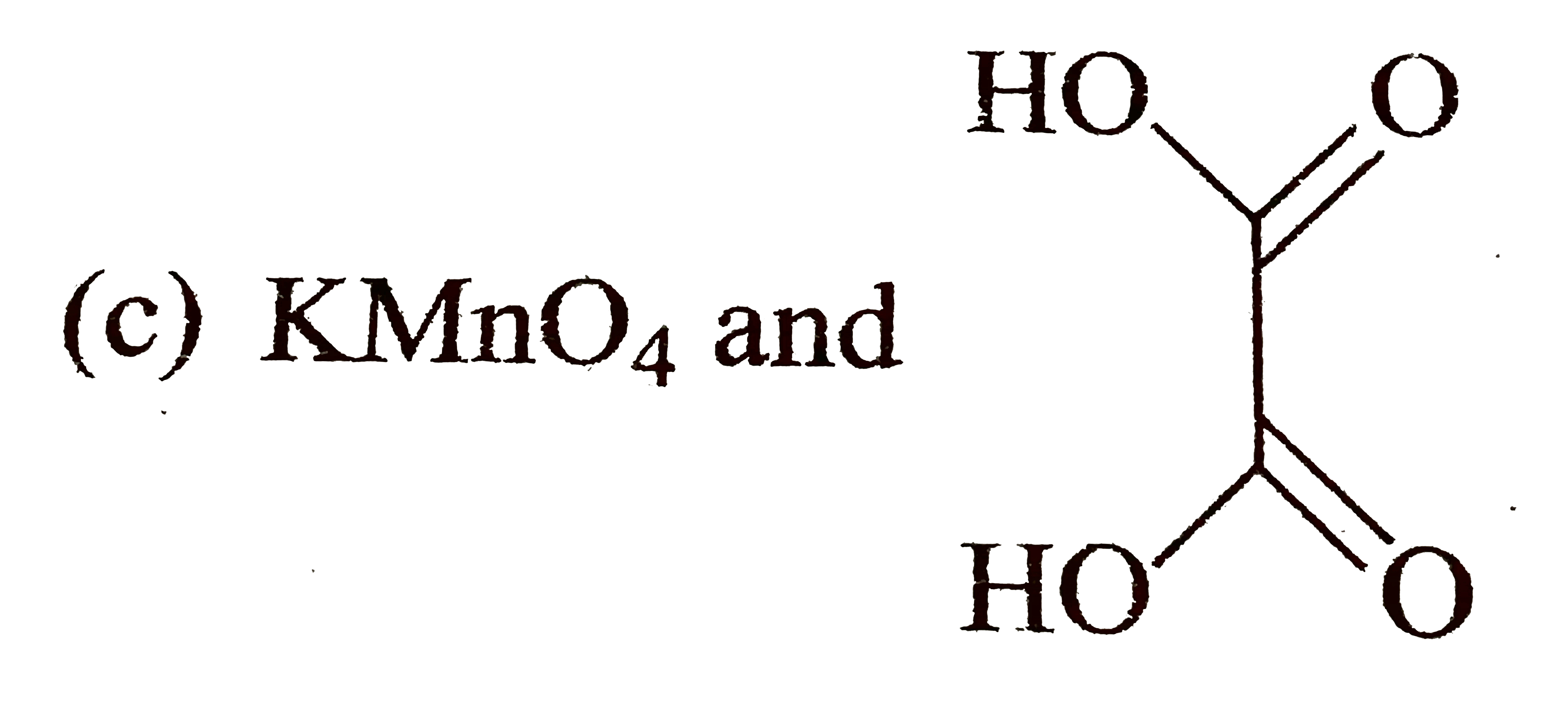 D
D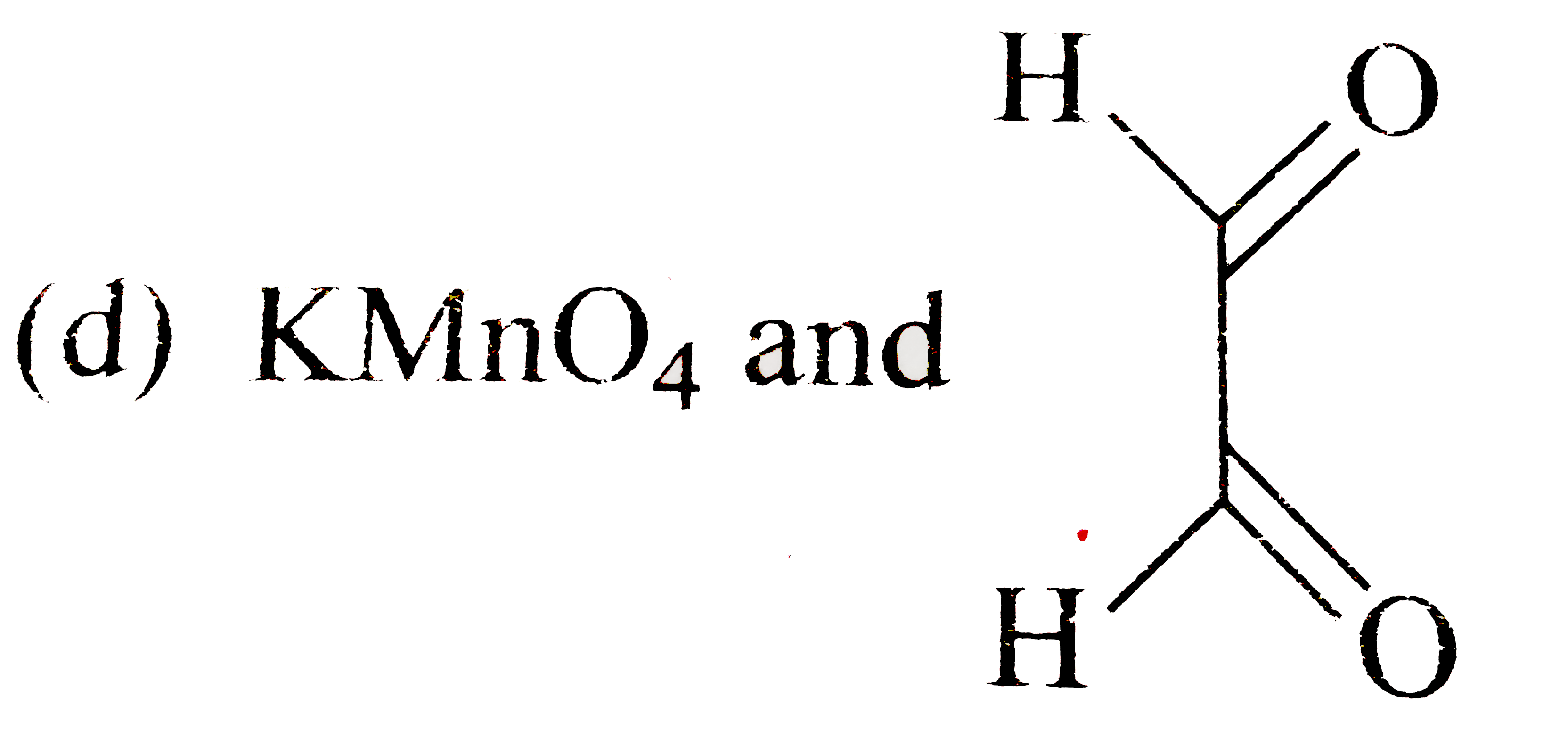
In the given reactions:
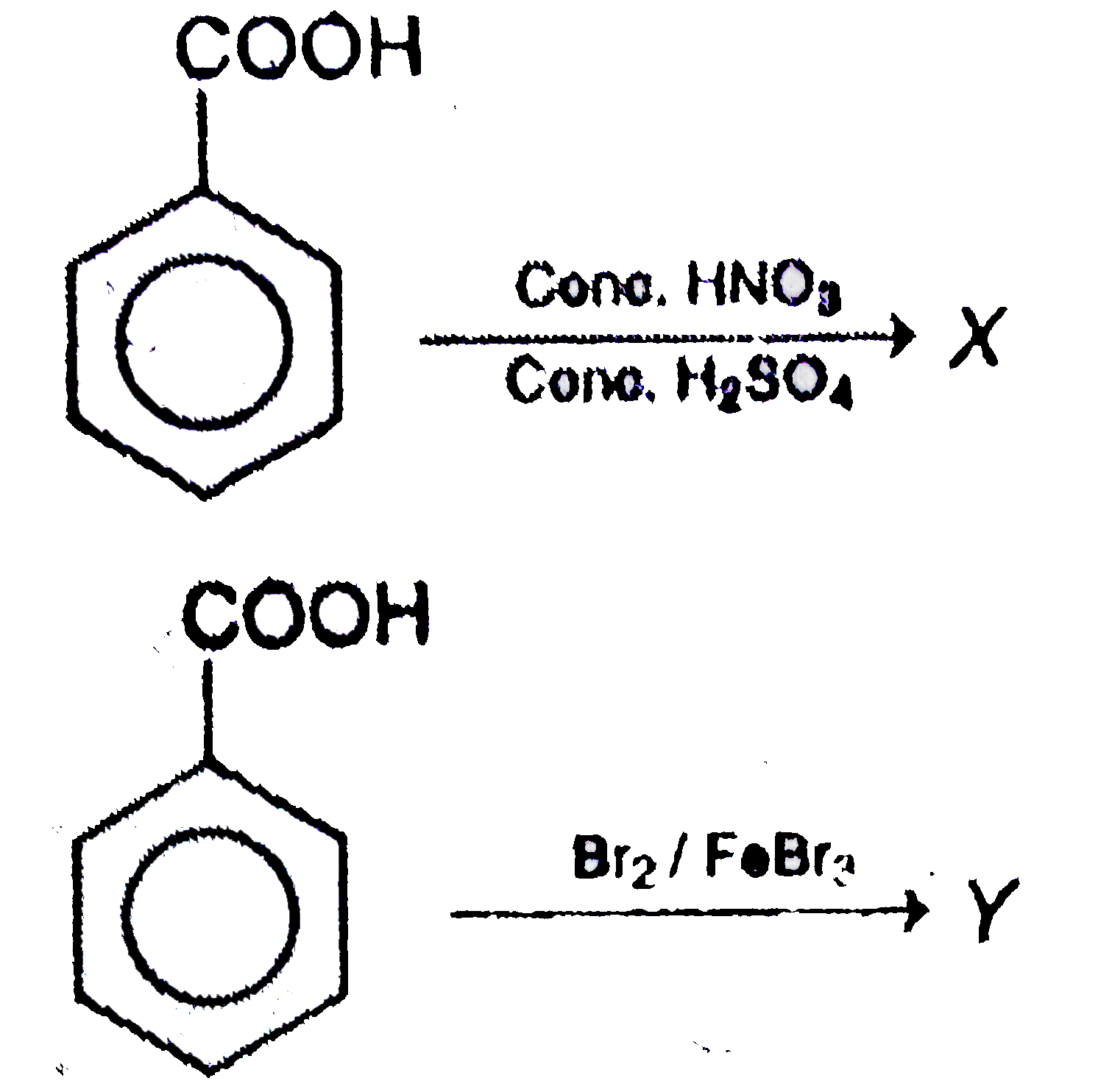
Identify X and Y for the above reaction,A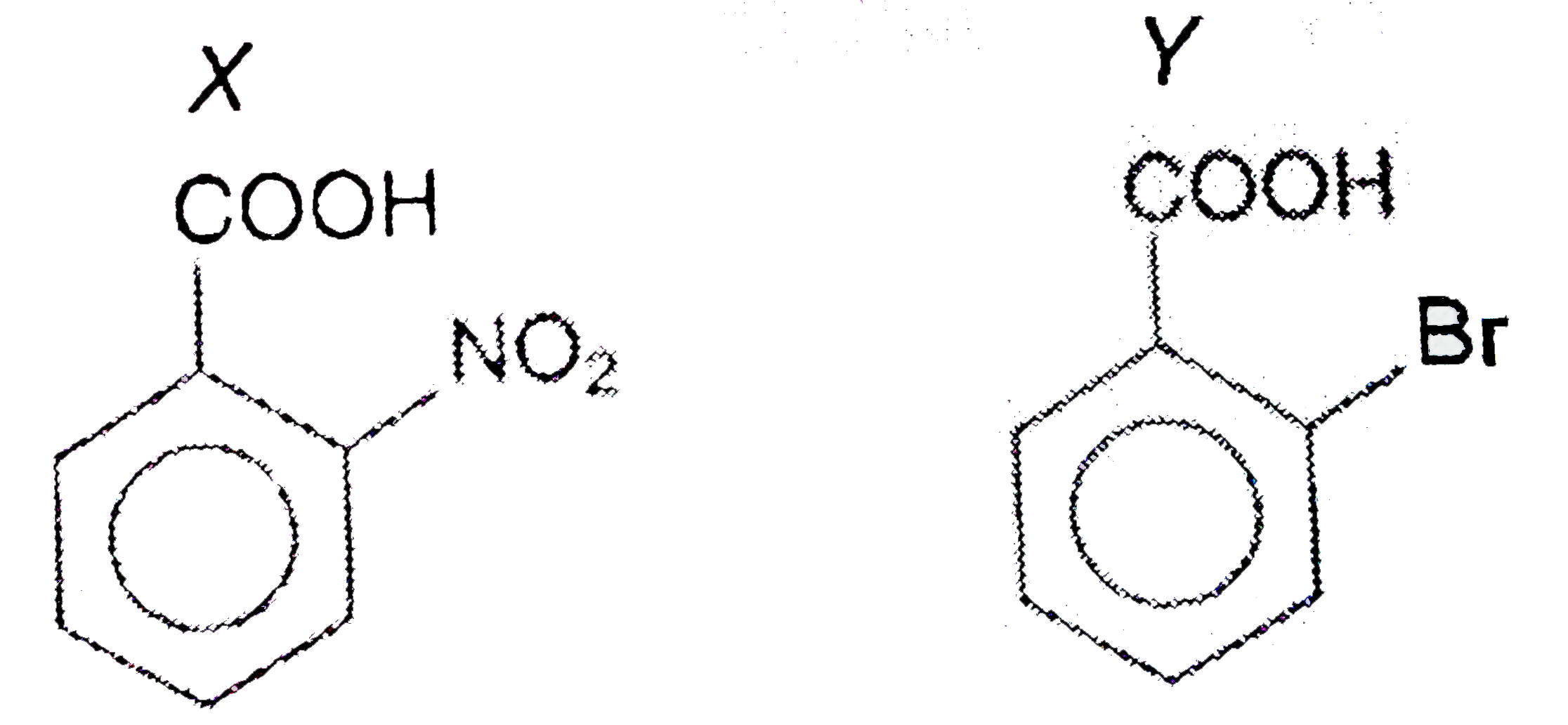 B
B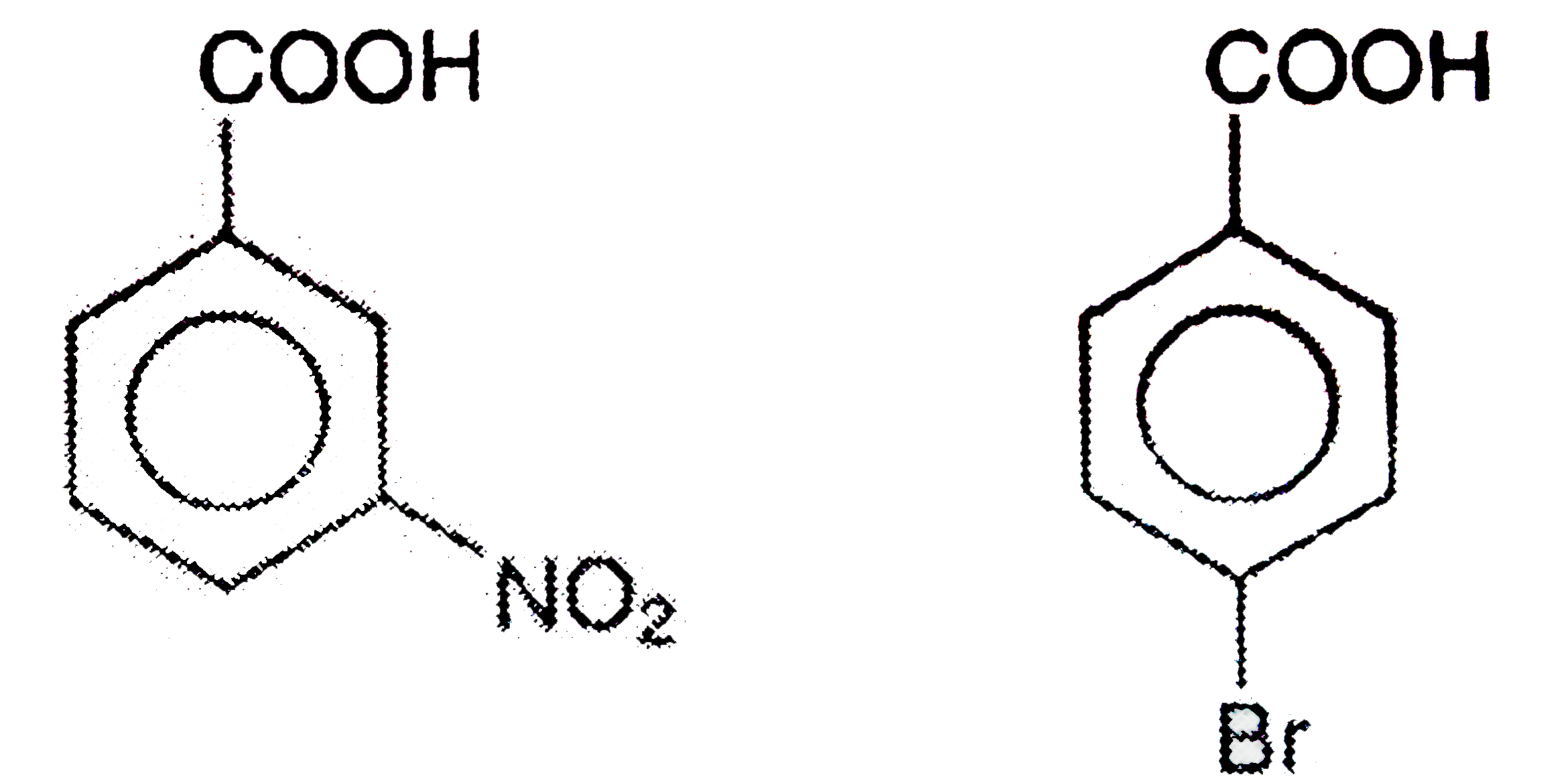 C
C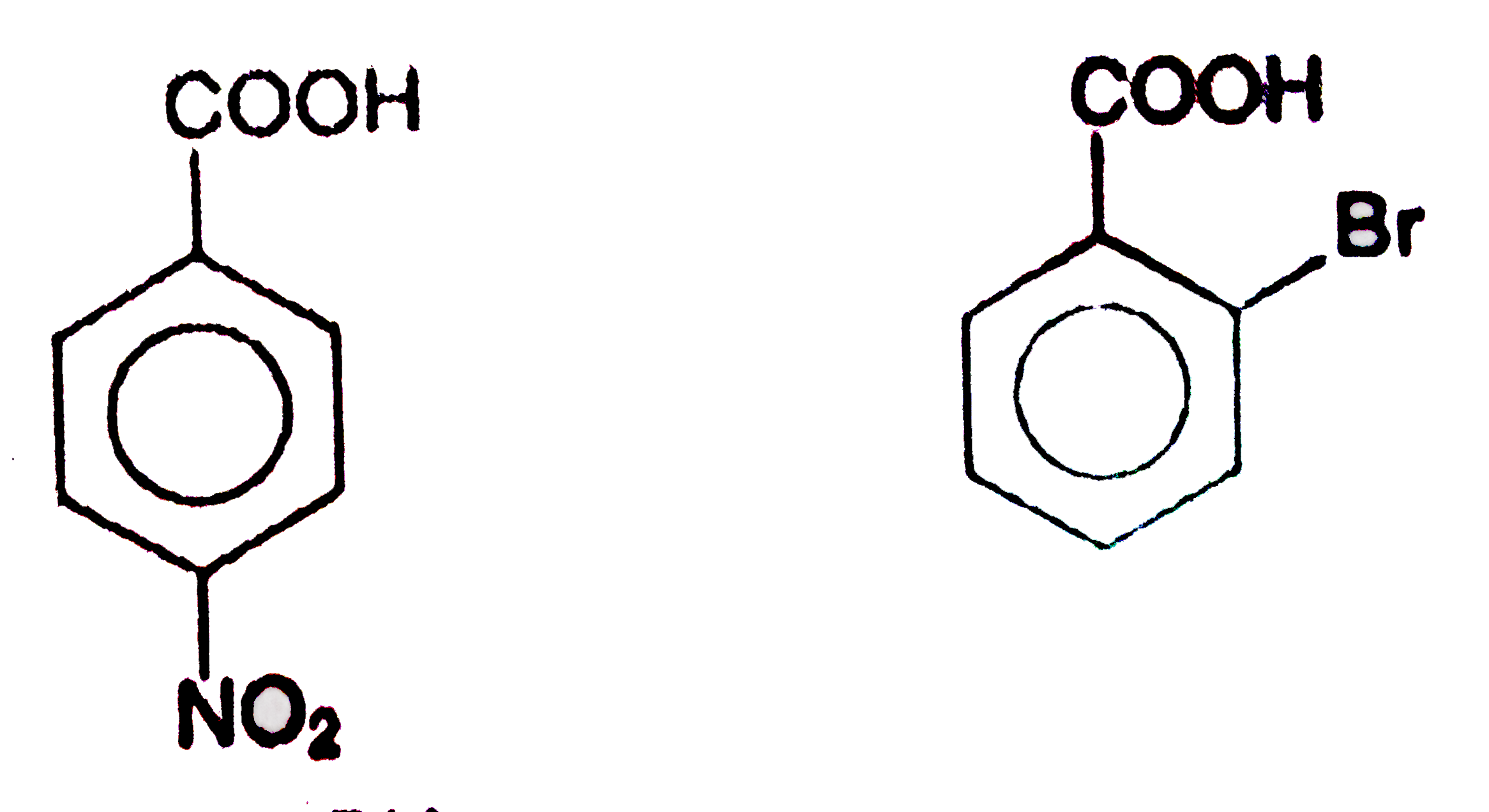 D
D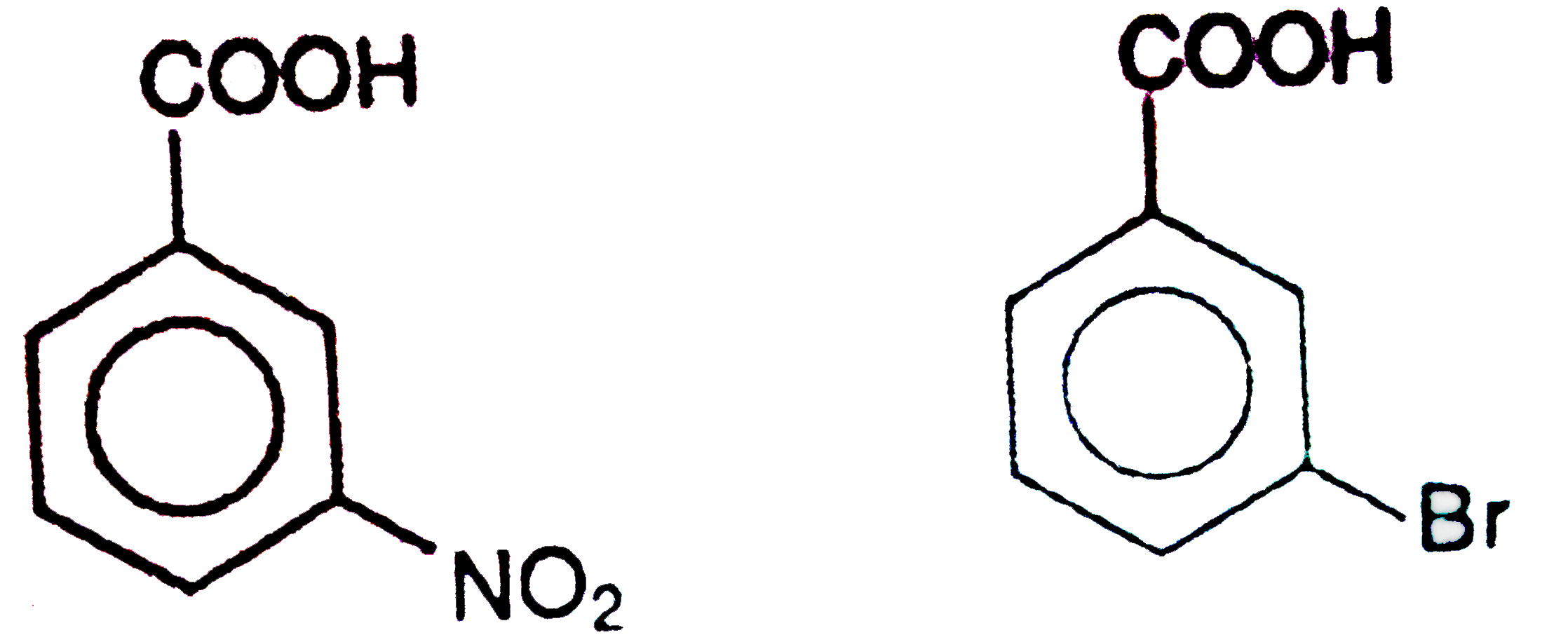
A compound X made of two non-metals in a reaction with another non-metal Y gives the hardest substance and carbon monoxide. Identify the compound X and the non-metal Y.
ACO2,SiBSiO2,CCSiC,O2DCO, Si
An element X from group 2 of te periodic table reacts with an element Y from group 17 to form a compound
Elements of group 17 are metals or non-metals?
View SolutionAn oxide of a non-metal 'X' is the anhydride of two oxy acids. Identify 'X' and the other two oxyacids. Also mention how the oxide is formed form the stable hydride of the same element.
View SolutionAn element X from group 2 of te periodic table reacts with an element Y from group 17 to form a compound
What is the valency of element X?
View SolutionAn element X of valency 3 conbines with another element Y of valency 2. What will be the formula of the compound formed ?
View Solution(a) Which method of separation is indicated in the above figure?
(b) A mixture of two components X and Y X is an element and Y is a compound of two nonmetals. Identify X and Y.
View Solution